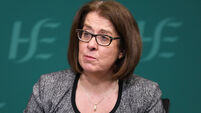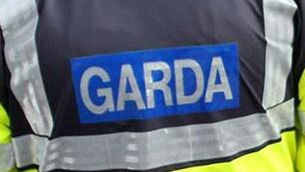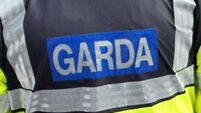Higher mortality rates for the young
The Census also found that compared with the general population, Travellers tend to marry younger.
Nearly 19% of male Travellers aged between 15 and 24 years are married, compared to less than 1% of the general male population. Similarly, 24% of young Traveller women are married, compared to just 2% of the ‘settled’ community.













